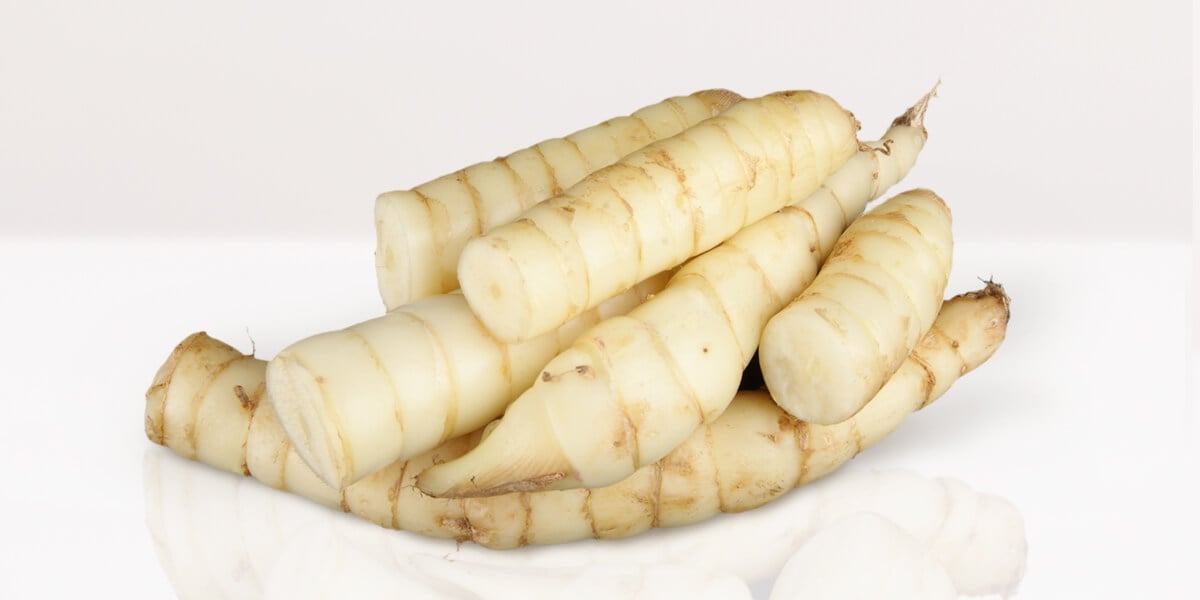Arrowroot is a versatile tropical crop grown for its starchy tubers which have many culinary and industrial uses. However, arrowroot plants are susceptible to various fungal and bacterial diseases that can reduce growth and yields In this article, we explore some of the major arrowroot diseases, how to identify them, and effective treatment methods
Overview of Arrowroot Diseases
Some of the most common diseases affecting arrowroot plants include:
- Leaf spot
- Root rot
- Bacterial blight
- Anthracnose
- Mosaic virus
These diseases are caused by pathogens like fungi, bacteria, and viruses. They can spread rapidly under warm, humid conditions that favor pathogen growth. Routine scouting and prompt treatment is key to managing diseases in arrowroot.
Identifying Arrowroot Diseases
Detecting diseases early is critical to prevent widespread crop damage. Here are some key signs that can indicate disease in arrowroot plants:
- Spotted, discolored, or wilting leaves
- Lesions or canker on stems
- Rotting tubers or roots
- Stunted growth
- Yellowing and premature defoliation
- Mosaic patterns on leaves
Comparing symptoms to photo guides can help accurately diagnose the specific disease. Scouting should be done regularly, especially after periods of wet weather.
Arrowroot Leaf Spot
Leaf spot is one of the most prevalent arrowroot diseases. It is caused by various fungal pathogens like Cercospora spp, Phoma spp.
- Small, dark, circular leaf spots that enlarge over time
- Centers may fade to gray or tan color
- Severe infections cause yellowing, wilting, and defoliation
Arrowroot Root Rot
Root rot is a common issue caused by fungi like Rhizoctonia, Pythium, and Fusarium.
- Rotting and discoloration of the underground root system
- Aboveground symptoms include stunted plants, yellowing leaves, and wilting
- Tubers appear shriveled and dark colored
Bacterial Blight
Bacterial blight is caused by Xanthomonas campestris pv. dieffenbachiae.
- Small, angular, water-soaked lesions on leaves
- Stems develop elongated dark lesions
- Expanding yellow halos may surround leaf spots
- Can cause defoliation and dieback
Anthracnose
The fungus Colletotrichum gloesporioides causes anthracnose disease.
- Irregularly shaped brown spots on leaves with yellow borders
- Stem lesions that girdle and kill shoots
- Black lesions on petioles and tubers
- Defoliation and reduced yields often result
Mosaic Virus
Mosaic virus leads to a characteristic mottling of arrowroot leaves.
- Distinctive mosaic mottling pattern on leaves
- Leaves may be deformed, dwarfed, or show yellow streaks
- Spread by infected planting material and insect vectors
- Stunted growth and yield loss
Treating Arrowroot Diseases
Implementing preventative practices is the first line of defense against diseases. Once diseases are detected, prompt action is needed.
Preventative practices:
- Use clean, disease-free planting material
- Rotate arrowroot fields to break disease cycles
- Maintain proper spacing for air circulation
- Avoid overhead irrigation and prolonged leaf wetness
- Remove and destroy severely infected plants
Treatment methods:
- Improve air flow and reduce humidity in crop
- Apply registered fungicides/bactericides according to label
- Remove and destroy infected plant debris
- Drench soil with fungicides to treat root/tuber rots
- Rogue out diseased plants if infections are localized
Post-harvest practices:
- Disinfect harvest tools and equipment
- Sort tubers and discard diseased ones
- Dry tubers rapidly after harvest
- Follow proper crop rotations between seasons
With vigilant scouting, accurate diagnosis, and integrated disease management, arrowroot crops can thrive. Being proactive and responding quickly at the first sign of disease is key to success. Implementing hygienic practices, fungicides/bactericides, and cultural methods together can effectively protect arrowroot from these harmful diseases.
Frequently Asked Questions
What causes leaf spot disease on arrowroot?
Leaf spot disease is caused by various fungal pathogens like Cercospora and Phoma species. The fungi thrive in warm, humid conditions.
How can I prevent root rot in arrowroot?
Improve drainage, avoid overwatering, use raised beds, and drench soil with fungicides to prevent root rot fungi Rotate crops and remove diseased plants to disrupt disease cycles
What are symptoms of bacterial blight on arrowroot?
Bacterial blight causes angular, water-soaked lesions on leaves. Stems develop long, dark lesions. Expanding yellowing often surrounds leaf spots. Defoliation and dieback occur in severe cases.
Is mosaic virus on arrowroot treatable?
Unfortunately there are no direct treatments for mosaic virus besides roguing out infected plants. The virus is managed through preventatives like using virus-free planting material and controlling insect vectors.
How can I keep arrowroot diseases under control?
Practice good sanitation and crop hygiene. Scout routinely and respond quickly. Use integrated methods like resistant varieties, fungicides, and cultural practices together to effectively manage diseases.

Dosing The appropriate dose of arrowroot depends on several factors such as the user’s age, health, and several other conditions. At this time there is not enough scientific information to determine an appropriate range of doses for arrowroot. Keep in mind that natural products are not always necessarily safe and dosages can be important. Be sure to follow relevant directions on product labels and consult your
Cooke, C., Carr, I., Abrams, K., and Mayberry, J. Arrowroot as a treatment for diarrhoea in irritable bowel syndrome patients: a pilot study. Arq Gastroenterol. 2000;37(1):20-24. View abstract.
Perez, E. and Lares, M. Chemical composition, mineral profile, and functional properties of Canna (Canna edulis) and Arrowroot (Maranta spp.) starches. Plant Foods Hum Nutr 2005;60(3):113-116. View abstract.
Select a condition to view a list of vitamins
RELATED TO VITAMINS & SUPPLEMENTS
- A long-term disorder of the large intestines that causes stomach pain (irritable bowel syndrome or IBS). Early research suggests that taking powdered arrowroot with meals for one month reduces stomach pain and diarrhea in people with IBS.
- Diarrhea.
- Soothing mucous membranes, such as the mouth and gum linings.
- Other conditions.
More evidence is needed to rate the effectiveness of arrowroot for these uses.
